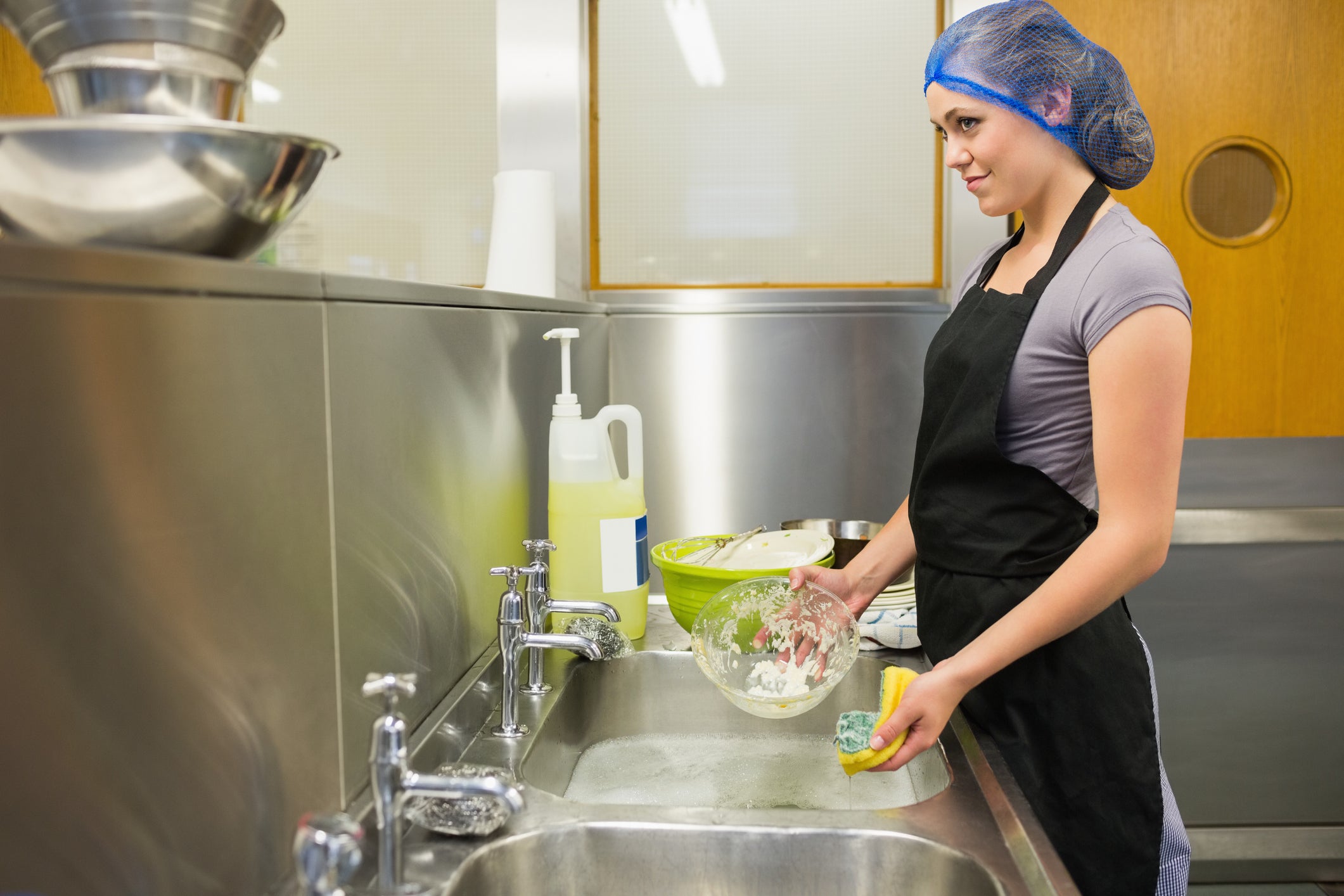In the restaurant industry, maintaining high standards of hygiene and cleanliness is paramount. One key aspect contributing to this is the implementation of proper attire and protective gear for foodservice personnel. Bouffant caps and hair nets play a crucial role in ensuring food safety and customer satisfaction. Here's a breakdown of the requirements and benefits associated with the use of bouffant caps and hair nets in the restaurant industry.
Hygiene and Contamination Prevention
Preventing Hair Contamination
Bouffant caps and hair nets act as a barrier, preventing hair from coming into contact with food. Loose hairs can easily fall into dishes during food preparation, posing a risk of contamination. By mandating the use of bouffant caps or hair nets, restaurants uphold a higher standard of cleanliness.
Compliance with Health and Safety Regulations
Food Safety Standards
Health and safety regulations, often established by local health departments or food safety agencies, may include specific guidelines for personal hygiene in the foodservice industry. The use of bouffant caps and hair nets is commonly mandated to comply with these standards, ensuring that restaurants adhere to regulations designed to protect public health.
Customer Perception and Satisfaction
Maintaining a Professional Appearance
Customers often associate the appearance of restaurant staff with the overall cleanliness and professionalism of an establishment. Wearing bouffant caps or hair nets not only aligns with industry standards but also contributes to a positive perception among customers, enhancing their overall dining experience.
Preventing Cross-Contamination
Minimizing the Risk of Foreign Objects
Aside from hair, bouffant caps and hair nets also prevent other foreign objects from entering the food preparation area. This includes items such as dust, dander, or loose clothing fibers that could compromise the quality and safety of the food being prepared.
Ensuring Compliance with Food Handling Best Practices
Adherence to Good Manufacturing Practices (GMP)
Good Manufacturing Practices, a set of guidelines ensuring the production of safe and high-quality food, often includes recommendations for proper attire in food handling areas. The use of bouffant caps and hair nets is aligned with GMP principles, promoting a hygienic environment.
Conclusion: Upholding Standards for Safety and Quality
In conclusion, the use of bouffant caps and hair nets in the restaurant industry is not just a matter of preference but a fundamental requirement for ensuring food safety, complying with regulations, and maintaining a professional and clean environment. By implementing these measures, restaurants not only meet industry standards but also demonstrate a commitment to the well-being and satisfaction of their customers.
FAQs (Frequently Asked Questions)
-
Are bouffant caps and hair nets required for all restaurant staff?
- The requirement for bouffant caps and hair nets may vary based on local health department regulations and the specific roles of staff members. Typically, kitchen staff involved in food preparation and handling are required to wear them.
-
Can hair restraints other than bouffant caps be used?
- Depending on local regulations, alternatives like hair nets, skull caps, or other approved hair restraints may be acceptable. It's essential to check local health codes to ensure compliance.
-
Do front-of-house staff need to wear bouffant caps or hair nets?
- Front-of-house staff may not be required to wear bouffant caps or hair nets unless they are involved in tasks that could potentially introduce contaminants into the food preparation or serving areas.
-
How often should bouffant caps or hair nets be changed during a shift?
- The frequency of changing bouffant caps or hair nets should align with hygiene standards and may vary depending on factors like the duration of the shift, the type of work being performed, and local health regulations.
-
Are there specific guidelines for the design or material of bouffant caps used in restaurants?
- Health departments or food safety agencies may provide guidelines on the design and material of bouffant caps. It's important to choose caps that are easily disposable, made of appropriate materials, and in compliance with relevant regulations.

